Have you ever been driving down the road and suddenly found yourself in a pinch with a Jeep bearing down on you? We’ve all been there – the road is narrow, there’s no room to swerve or slow down, and a collision may be inevitable. In a panic, you think fast and do the only thing that comes to mind – you duck!
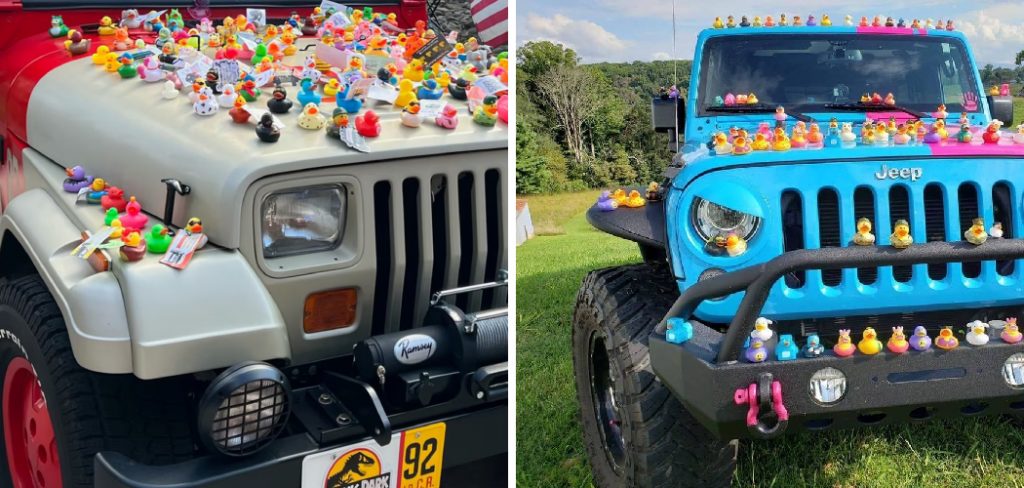
Now, while ducking may save you physical harm at the moment, it’s not the best long-term strategy for handling such situations. In this post, I’ll share some safer alternatives to ducking that can help you avoid accidents with Jeeps and other large vehicles on the road.
We’ll examine proper techniques on how do you duck a jeep, as well as discuss the importance of defensive driving practices that can help prevent you from getting boxed in to begin with.
What Will You Need?
Before we start, it’s important to note that ducking should always be a last resort when dealing with oncoming Jeeps or other large vehicles. Instead, you’ll want to have the following items on hand for optimal safety:
- A Well-maintained Vehicle: Ensure your car is in good working order and has proper visibility.
- Properly Inflated Tires: This will help with maneuverability and control of your vehicle.
- Defensive Driving Skills: Always be aware of your surroundings and anticipate potential hazards on the road.
Once these basics are covered, let’s dive into the techniques for avoiding a Jeep on the road.
10 Easy Steps on How Do You Duck a Jeep
Step 1: Stay Alert and Maintain Awareness
The fundamental rule in avoiding any potential hazards, including ducking a Jeep, is always to remain vigilant. This means actively scanning the road ahead for Jeeps and other large vehicles and keeping an eye on your mirrors to understand the traffic around you. By staying alert, you can often anticipate the need to change lanes or adjust your speed long before a close encounter occurs.
Step 2: Adjust Speed Accordingly
If you find a Jeep approaching quickly from behind or see one up ahead that you must pass, adjusting your speed is crucial. If the Jeep is behind you, consider gently reducing your speed to allow the Jeep to overtake you safely.
On the other hand, if you’re approaching a Jeep, assess whether it’s safer to slow down and stay behind it or if you have enough time and space to pass it safely. Speed adjustment is critical in maintaining control and avoiding the need to duck out of the way.
Step 3: Use Your Signals Early
Communicating with other drivers is essential to avoid an accident with a Jeep. Always use your turn signals well before making a lane change or turning. This simple action informs the Jeep driver and others on the road of your intentions and allows them to give you the necessary space. Signaling is not just a courtesy; it’s an important safety measure to prevent collisions.
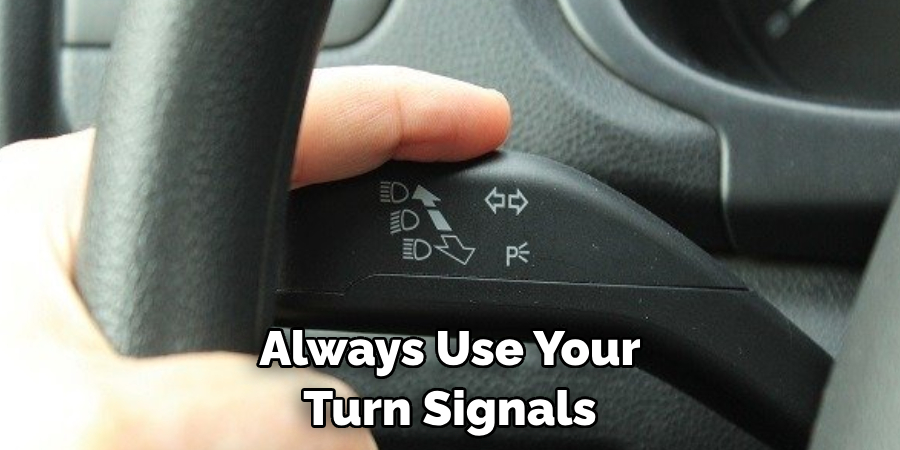
Step 4: Keep a Safe Following Distance
To duck a Jeep effectively, always maintain a safe distance between your vehicle and the one in front of you. This buffer zone gives you ample time to react if the Jeep suddenly stops or slows down. As a rule of thumb, follow the three-second rule for normal driving conditions and increase it to five seconds or more in inclement weather. By keeping this following distance, you minimize the risk of having to make a sudden move, such as ducking to avoid a collision.
Step 5: Practice Predictive Driving
Predictive driving means anticipating the moves of a Jeep and other vehicles on the road. Observe the Jeep’s speed, direction, and the behavior of its driver. If a Jeep seems to be making erratic moves or is swerving, give it a wide berth.
Anticipate situations where you might encounter Jeeps, like near construction sites or outdoor trails, and prepare to slow down or alter your route. By predicting the movements of Jeeps ahead of time, you can position your vehicle in a safer spot and avoid a potential ducking scenario.
Step 6: Stay Visible to Jeep Drivers
Making sure you’re visible to Jeep drivers is critical to avoiding the need to duck. This means keeping your headlights on during dusk, night, and inclement weather. Also, avoid driving in a Jeep’s blind spots. Stay ahead of or behind it, and ensure you can see the driver in their mirrors. If a Jeep driver can see you, they’re less likely to make sudden moves that could force you to take quick and potentially dangerous actions.
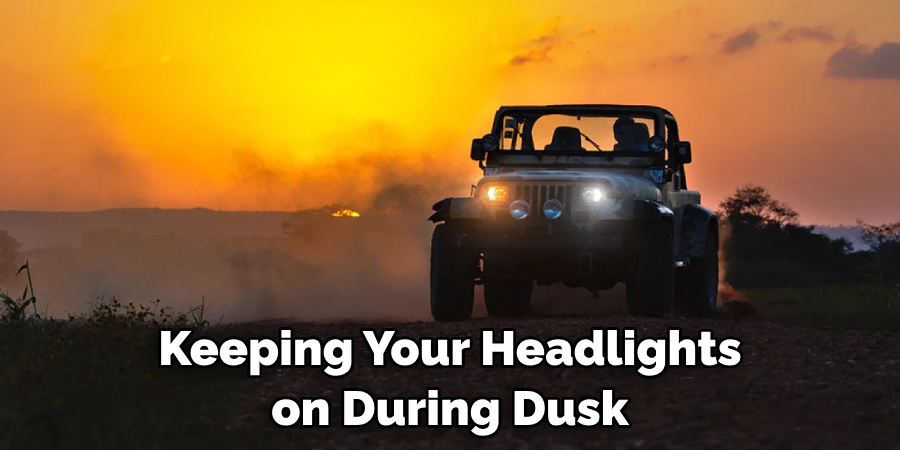
Step 7: Maneuver with Confidence and Precision
Once you’ve decided to change your position about a Jeep, it’s critical to do so confidently. Hesitant or abrupt moves can confuse other drivers, including those in Jeeps, and lead to accidents. Practice maneuvering your vehicle smoothly and precisely, ensuring you accelerate or decelerate in a controlled manner.
Smooth driving helps you stay calm in stressful situations and communicates your intentions clearly to other road users, reducing the likelihood of a problem where ducking seems like the only option.
Step 8: Be Mindful of Road Conditions
Awareness of road conditions is essential when figuring out how to duck a Jeep or avoid the need to do so entirely. Wet, icy, or uneven roads can affect your vehicle’s handling and braking distances. Drive cautiously and adjust your speed to match the conditions you’re facing.
If a road looks treacherous and you know Jeeps frequent the area, consider choosing an alternative route. Safely navigating your environment requires ongoing assessment and intelligent decision-making to preclude risky maneuvers.
Step 9: Create an Escape Plan
Always have an escape route planned in your mind while driving, which is especially important when trying to avoid larger vehicles like Jeeps. Identify safe zones where you can steer your car if the road ahead gets obstructed or a Jeep gets too close.
These zones could be the shoulder of the road, an empty lane, or a spacious area beside the roadway. Knowing your escape plan allows you to switch lanes or pull off the road swiftly and safely if the situation demands it.
Step 10: Stay Calm Under Pressure
Maintaining composure under pressure is vital when navigating near Jeeps and other large vehicles. If you find yourself in a tight spot, take deep breaths and focus on your driving, not the potential threat of a Jeep.
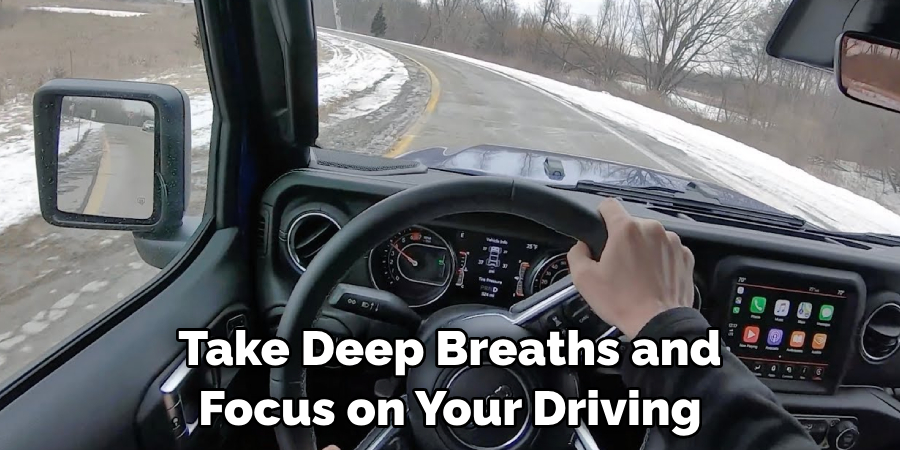
Panicking can result in erratic driving, which increases the risk of an accident. Instead, use your defensive driving skills, deliberate your actions, and keep your mind clear to manage the situation effectively.
By following these steps, you can better understand how to duck a Jeep and avoid accidents while sharing the road with larger vehicles.
5 Additional Tips and Tricks
- Start With a Friendly Duck: Initiating the duck exchange with a simple, friendly gesture can set the right tone. Attach a note or a cheerful sticker to your duck to add a personal touch.
- Creative Placement: How you duck a Jeep can be a game of creativity. Place your ducks where they will be noticed but won’t interfere with the vehicle’s operation, like on the door handle or under the windshield wiper.
- Variety of Ducks: Keep a variety of rubber ducks on hand. Some Jeep enthusiasts might appreciate thematic ducks – like those dressed in off-road gear or line with current events and holidays.
- Capture the Moment: Take a picture of your duck set in place. Use the hashtag #duckduckjeep on social media to join the community and see where ducks are being placed worldwide.
- Respect the Jeep: Always ensure that how you duck a Jeep does not damage any part of the vehicle or leave any residue. The goal is to spread joy, not create inconvenience.
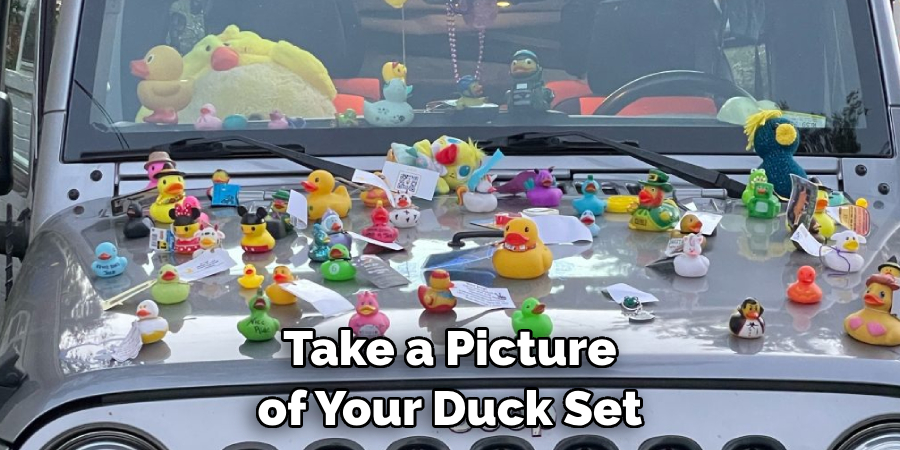
With these tips and tricks, you are ready to join the ducking Jeep community. Remember, placing a rubber duck on a Jeep can bring smiles to many faces and build lasting connections.
5 Things You Should Avoid
- Avoid Intrusive Placement: While figuring out how to duck a jeep, never place your rubber duck in a way that could obstruct the driver’s view or access to essential controls. Never place ducks by the pedals, on the mirrors, or in the driver’s seat.
- Don’t Disrupt Privacy: Be mindful not to duck jeeps in private or secured areas. Jeeps parked in driveways or behind closed gates should be off-limits to respect the owner’s privacy.
- Steer Clear of Adhesives: Some ducks have adhesive bottoms for sticking to surfaces. When ducking a Jeep, avoid these as they can leave a residue and potentially damage the vehicle’s paint or finish.
- Never Duck in Bad Weather: Avoid dumping a Jeep in poor weather conditions. High winds, rain, or snow can lead to your duck being lost or causing unforeseen issues with the vehicle.
- Refrain from Oversized Ducks: Stick to the standard, small-sized rubber ducks when participating in #duckduckjeep. Oversized ducks can be cumbersome and might need to be more warmly received due to their impracticality.
By avoiding these actions, you can ensure your ducking experience is enjoyable and respectful to everyone involved. So go out there and spread some Jeep love with your rubber ducks!
Conclusion
In conclusion, there are many ways how do you duck a jeep. These techniques range from simple, common sense practices, such as paying attention and being aware of your surroundings, to more advanced strategies, like having a designated spotter or utilizing cover objects.
Regardless of your specific method, always prioritizing your safety and taking necessary precautions when crossing paths with a jeep is crucial. It is also essential to remember that while these techniques can be effective, accidents can still happen, and it is always best to err on the side of caution.
Additionally, it’s worth mentioning that proper communication and respect for both the driver and pedestrians can go a long way in preventing any potential accidents or injuries. So next time you see a jeep coming your way, don’t panic or freeze up – remember these tips and confidently “duck” your way to safety! Stay safe out there!

About
JeepFixes Team is a skilled author for Jeep Fixes, bringing 6 years of expertise in crafting a wide range of jeep fixes. With a strong background in jeep fixes work, JeepFixes Team’s knowledge spans various types of fixtures, from decorative pieces to functional hardware, blending precision with creativity. His passion for jeep fixes and design has made him a trusted resource in the industry.
Professional Focus:
Expert in Jeep Fixes : JeepFixes Team aesthetic specializes in creating durable and innovative jeep fixes, offering both appeal and functionality. His work reflects a deep understanding of jeep fixes techniques and materials.
Sustainability Advocate : He is dedicated to using sustainable practices, ensuring that every fixture is crafted with eco-friendly methods while maintaining high-quality standards.
In his writing for jeep fixes, JeepFixes Team provides valuable insights into the latest trends, techniques, and practical advice for those passionate about jeep fixes, whether they are professionals or DIY enthusiasts. His focus on combining artistry with engineering helps others discover the true potential of jeep in design.
